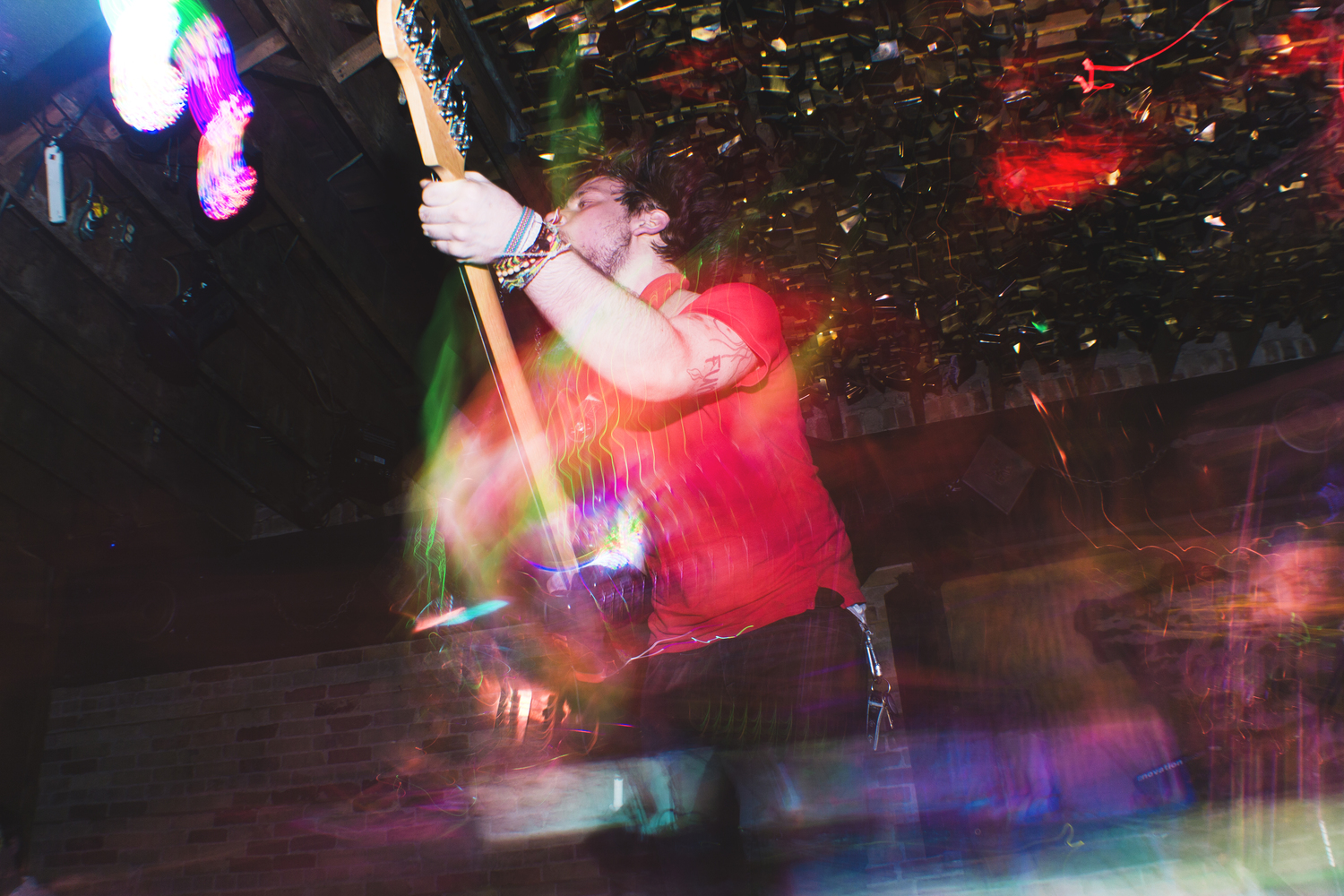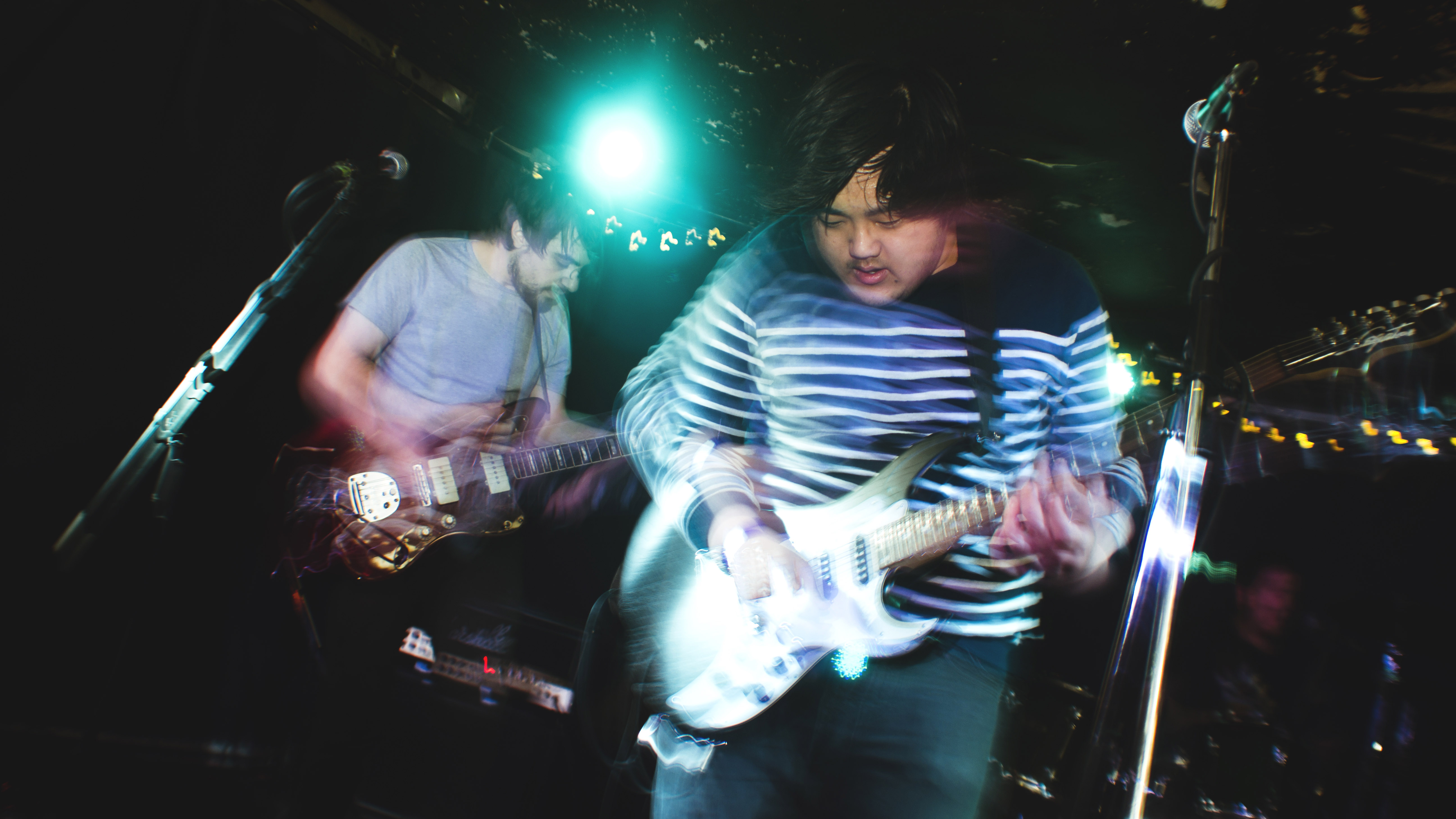
When quality trumps quantity - what it means to take a good photo
Quality over quantity. We hear it all the time and with good reason too. It's the a rule of thumb for many things in life and photography is no different.
Though enthusiast and professional photographers often look down on and associate the notion of "take a lot of photos and see which stick" with beginner photographers, almost anyone that I've seen getting into photography using a digital camera is guilty of this, including myself. With SD card storage and burst rates improving every camera iteration, it's hard to justify not holding that shutter button down and firing like a minigun, but there are some reasons that far outweigh your desire to get trigger happy.
• Saving storage
I know. You've got enough space to shoot 1000 RAW pictures on your SD card and tons more to archive them on your workstation at home. Still, the fact of the matter is that shooting less will help you be more economical with digital storage and by extension money. If you shoot even 20 photos instead of every 100, you'll fill up your hard drive 5 times slower! It's obvious, but an important point to consider.• You'll spend less time sorting photos
Another age-old saying is, "time is money". If that's true, then how much cash are you wasting sorting through photos that will never see the light of day? Cutting down the time I spend looking for good shots tires me out so much less and consequently helps me appreciate the editing process so much more.• Your camera will last longer
Not only will you camera's battery drain less fast (allowing you shoot for a longer period of time), your camera will also live longer thanks to you preserving it's shutter life.• You'll become a better photographer
The more you try to think of your shot before you take it, the better you'll be at taking photos. Knowing when to use burst, to fire a discreet shot, or when to look up from the camera are all traits of a great photographer."But how do I do this?"
I'm by no means an expert photographer, but I'll offer what I've learned from experience in the hopes that I can help you.Over the past few days, I was reminded of a trip to New York I took 4 years ago via Timehop and I was inundated by about 800 photos. Looking through them, it was clear that only 20 or so were actually any good by my standards today. As I sifted through them on my phone, getting them organized to edit in Ultralight, I noticed a theme that carried out through a majority of them; the good photos were of subjects that I cared about.
When I say "care about", I mean that I had a connection with what I was taking a photo of in that moment. Catching a thought crossing a person's face, a look of wonder and happiness, imagination streaking through a child's mind and composition with such vivid colours - they all made me feel something when I pressed that shutter button. Trying to say or capture something being said is the most basic essence of a good photo. This extends even to professional work where you may be tasked to document something that you may have no particular connection to. I've been lucky enough to have mostly been hired by people who do things that I admire. Regardless of what I'm shooting, going that extra step to get familiar with my subject can make a world of difference in the quality of my work.

{{ 'Comments (%count%)' | trans {count:count} }}
{{ 'Comments are closed.' | trans }}